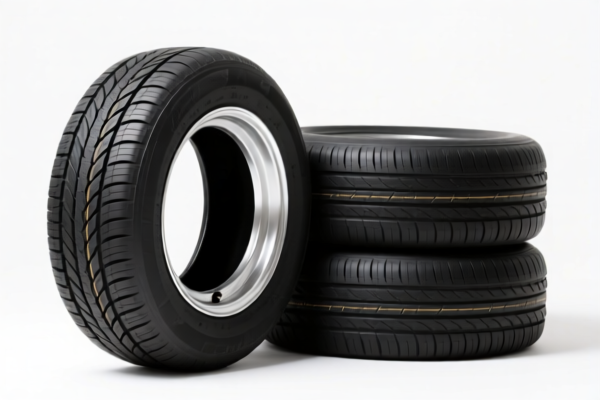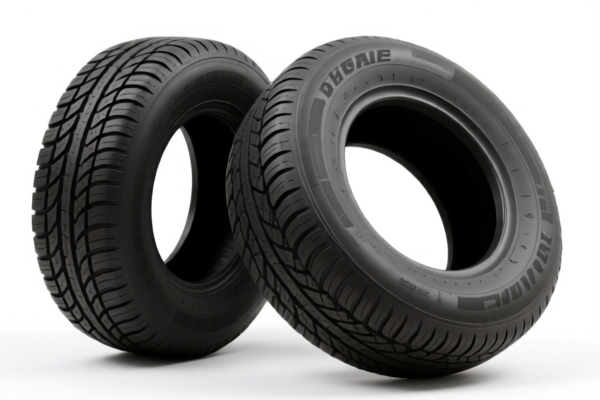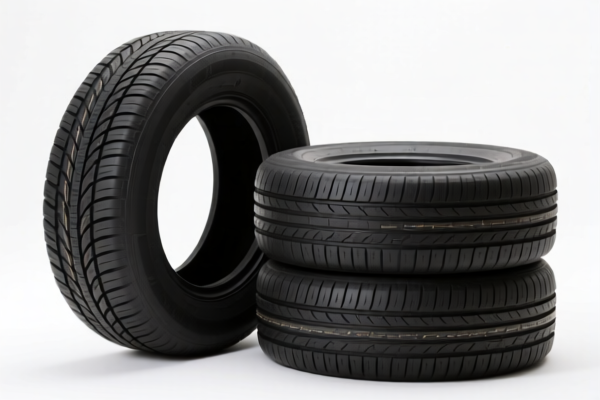| HS Code | Official Doc | Tariff Rate | Origin | Destination | Effective Date |
|---|---|---|---|---|---|
| 4012901000 | Doc | 55.0% | CN | US | 2025-05-12 |
| 8307103000 | Doc | 58.8% | CN | US | 2025-05-12 |
| 8307106000 | Doc | 58.8% | CN | US | 2025-05-12 |
| 9620006500 | Doc | 57.9% | CN | US | 2025-05-12 |
| 9620005000 | Doc | 60.3% | CN | US | 2025-05-12 |




Solid Tires
Solid tires are tires without air or fluid within the tire carcass. They are typically made from durable rubber or polyurethane compounds, offering a puncture-proof alternative to pneumatic tires.
Material
- Rubber: Natural rubber and synthetic rubber blends are common, providing good abrasion resistance and load-bearing capacity.
- Polyurethane: Offers higher load capacity, improved abrasion resistance, and resistance to oils and solvents compared to rubber, but can be less comfortable.
- Composite Materials: Some specialized solid tires incorporate composite materials for enhanced strength and specific performance characteristics.
Purpose
Solid tires are primarily used in applications where punctures are frequent or the cost of downtime due to tire failure is high. They are also favored in situations where precise dimensions are critical and consistent performance is required.
Function
The load-bearing capacity of solid tires comes from the tire's structure and the material's elasticity. They deform under load, providing cushioning and traction. The tread pattern, similar to pneumatic tires, influences grip and performance on various surfaces.
Usage Scenarios
- Forklifts: A primary application due to heavy loads, indoor use on smooth surfaces, and the risk of punctures from debris.
- Pallet Jacks: Similar to forklifts, requiring durability and puncture resistance in warehouse environments.
- Lawn Mowers (residential): Increasingly common in smaller residential mowers, eliminating the need for air inflation and preventing flat tires.
- Construction Equipment (small): Used on equipment like compactors and rollers where consistent performance and minimal downtime are important.
- Industrial Carts & Dollies: For moving heavy materials in factories and warehouses.
- Bicycles (specialty): Used in some specialty bicycles, particularly those designed for urban commuting or specific terrain, offering puncture protection and low rolling resistance.
- Mobility Scooters: Providing a reliable and maintenance-free tire option.
Common Types
- Smooth Tread: Designed for indoor use on polished concrete or similar surfaces. Offers low rolling resistance and minimal noise.
- Non-Marking Tread: Specifically formulated to prevent leaving marks on floors, common in warehouses and cleanroom environments.
- Lug Tread: Provides improved traction on uneven or outdoor surfaces.
- High-Load Capacity Tires: Engineered for heavier loads and demanding applications.
- Polyurethane Tires: Offer superior durability and load capacity, often used in industrial settings.
- Cushion Tires: Designed for smoother rides and reduced vibration, often used on forklifts.
Solid tires are rubber tires without air inflation, typically used in applications requiring puncture resistance or specific load-bearing capabilities, such as forklifts, industrial vehicles, and certain bicycles.
The following HS codes are relevant to solid tires, based on the provided information:
- 4012.90.10.00: This HS code falls under Chapter 40, which covers rubber articles. Specifically, it refers to retreaded or used pneumatic tires of rubber; solid or cushion tires, tire treads and tire flaps, of rubber. The subheading 4012.90 indicates "Other" types within this category, and 4012.90.10.00 specifically denotes solid or cushion tires. The applicable tax rate is a base tariff of 0.0%, an additional tariff of 25.0%, and a 30.0% additional tariff after April 2, 2025, resulting in a total tariff of 55.0%.
Regarding HS code 4012.90.10.00, please note that it covers solid or cushion tires. It is important to verify the material composition to ensure accurate classification.
Customer Reviews
No reviews yet.